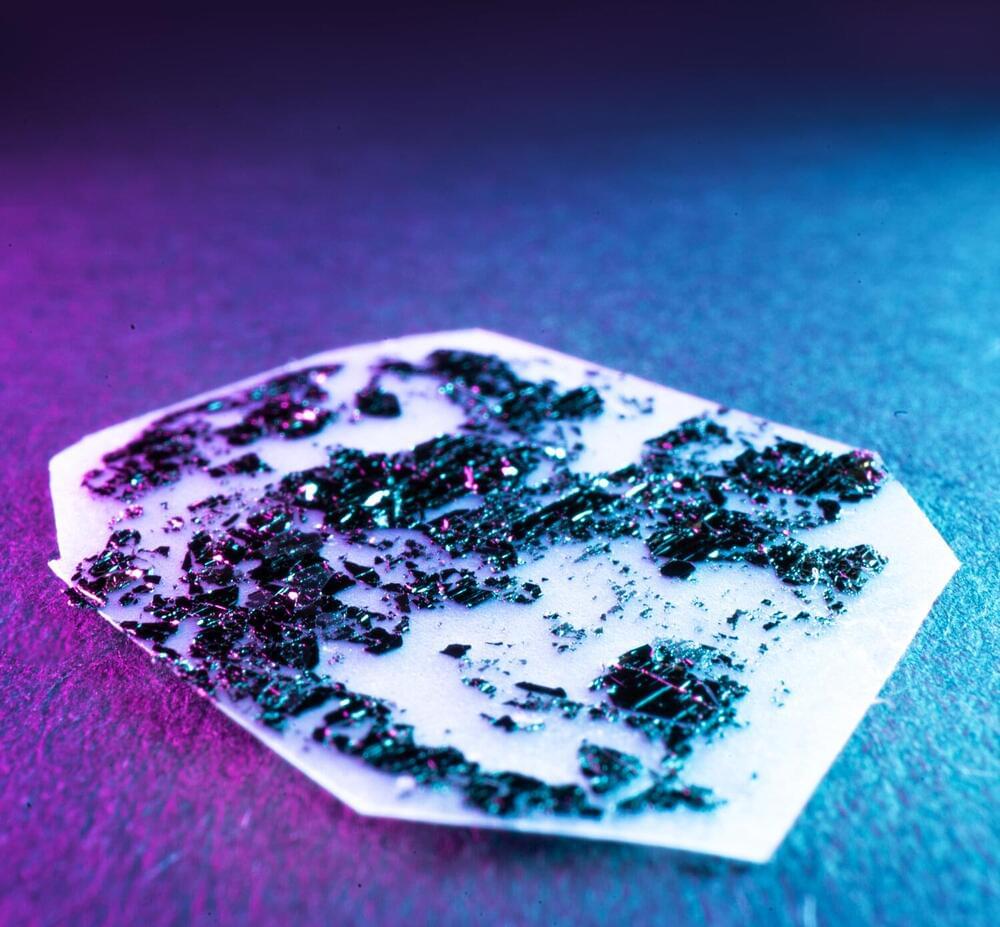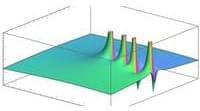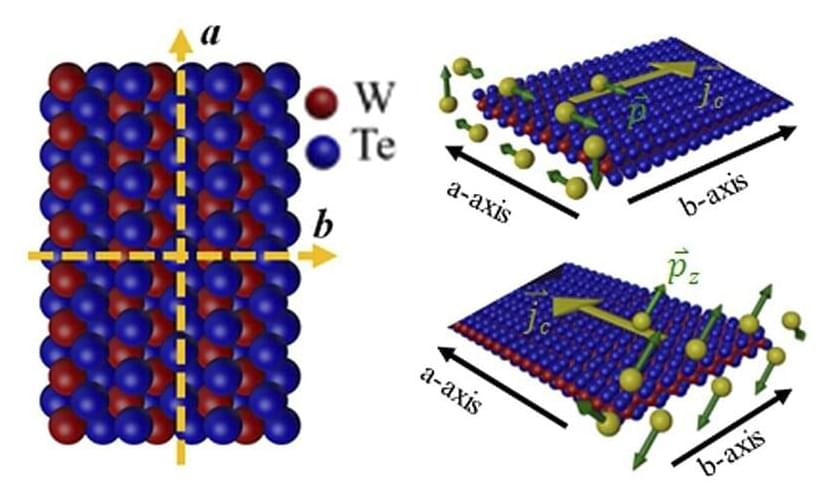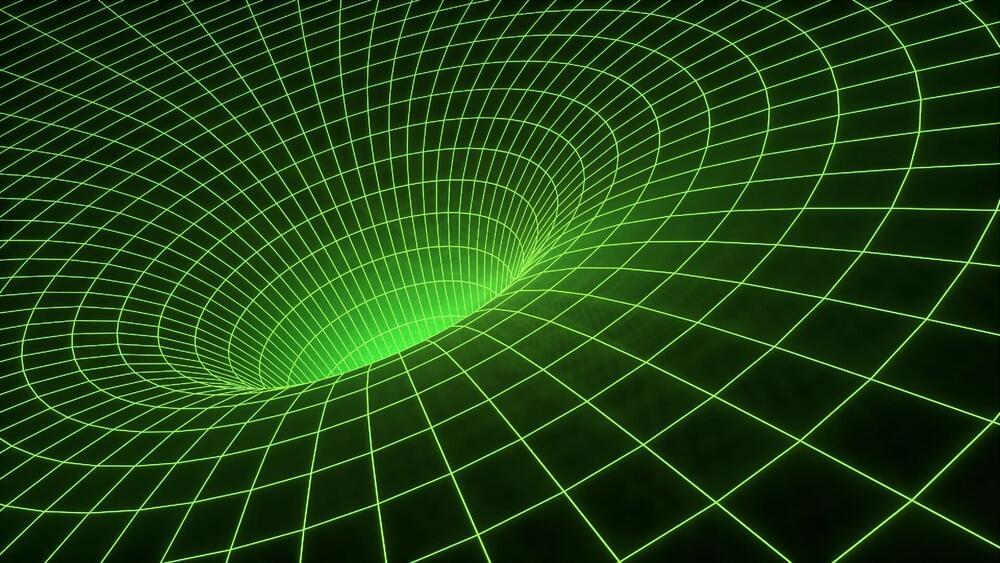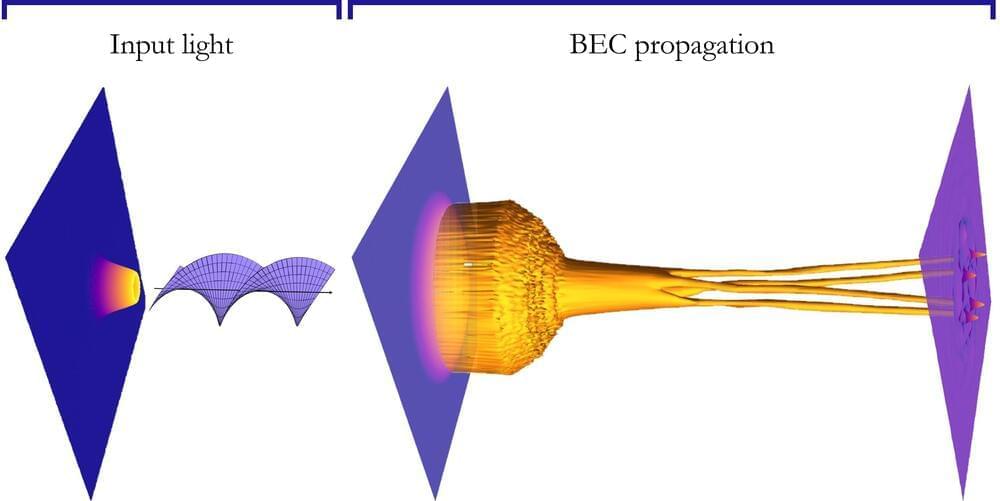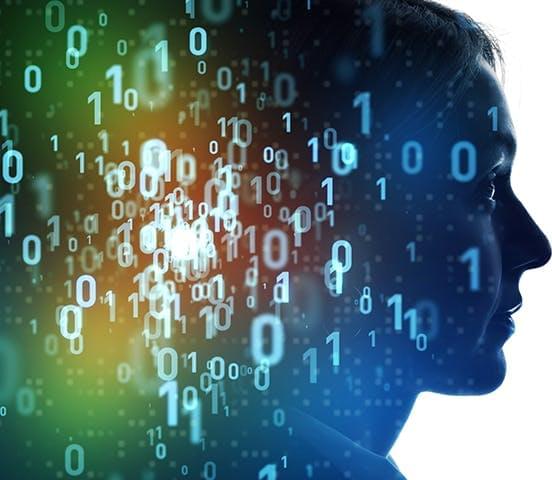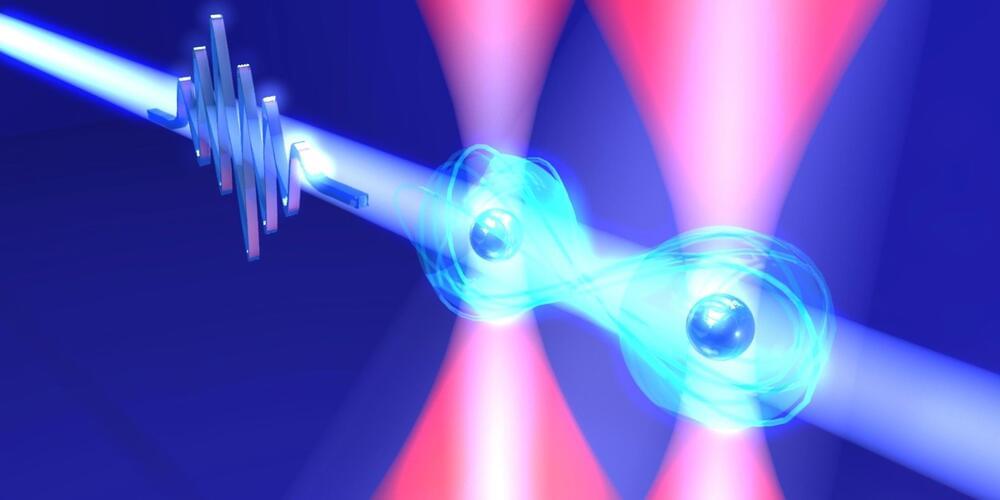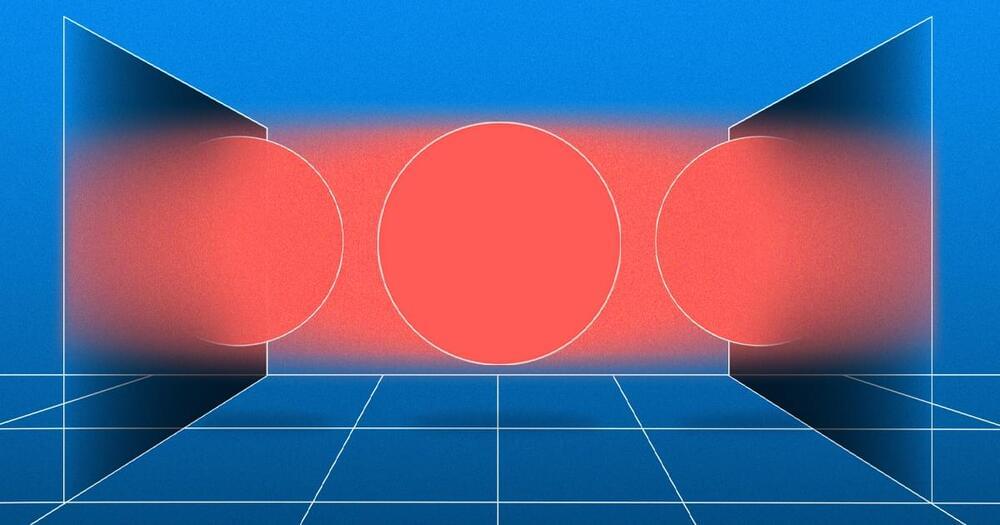Aug 15, 2022
Unexpected quantum effects in natural double-layer graphene
Posted by Dan Breeden in categories: particle physics, quantum physics
An international research team led by the University of Göttingen has detected novel quantum effects in high-precision studies of natural double-layer graphene and has interpreted them together with the University of Texas at Dallas using their theoretical work. This research provides new insights into the interaction of the charge carriers and the different phases, and contributes to the understanding of the processes involved. The LMU in Munich and the National Institute for Materials Science in Tsukuba, Japan, were also involved in the research. The results were published in Nature.
The novel material graphene, a wafer-thin layer of carbon atoms, was first discovered by a British research team in 2004. Among other unusual properties, graphene is known for its extraordinarily high electrical conductivity. If two individual graphene layers are twisted at a very specific angle to each other, the system even becomes superconducting (i.e. conducts electricity without any resistance) and exhibits other exciting quantum effects such as magnetism. However, the production of such twisted graphene double-layers has so far required increased technical effort.
This novel study used the naturally occurring form of double-layer graphene, where no complex fabrication is required. In a first step, the sample is isolated from a piece of graphite in the laboratory using a simple adhesive tape. To observe quantum mechanical effects, the Göttingen team then applied a high electric field perpendicular to the sample: the electronic structure of the system changes and a strong accumulation of charge carriers with similar energy occurs.
